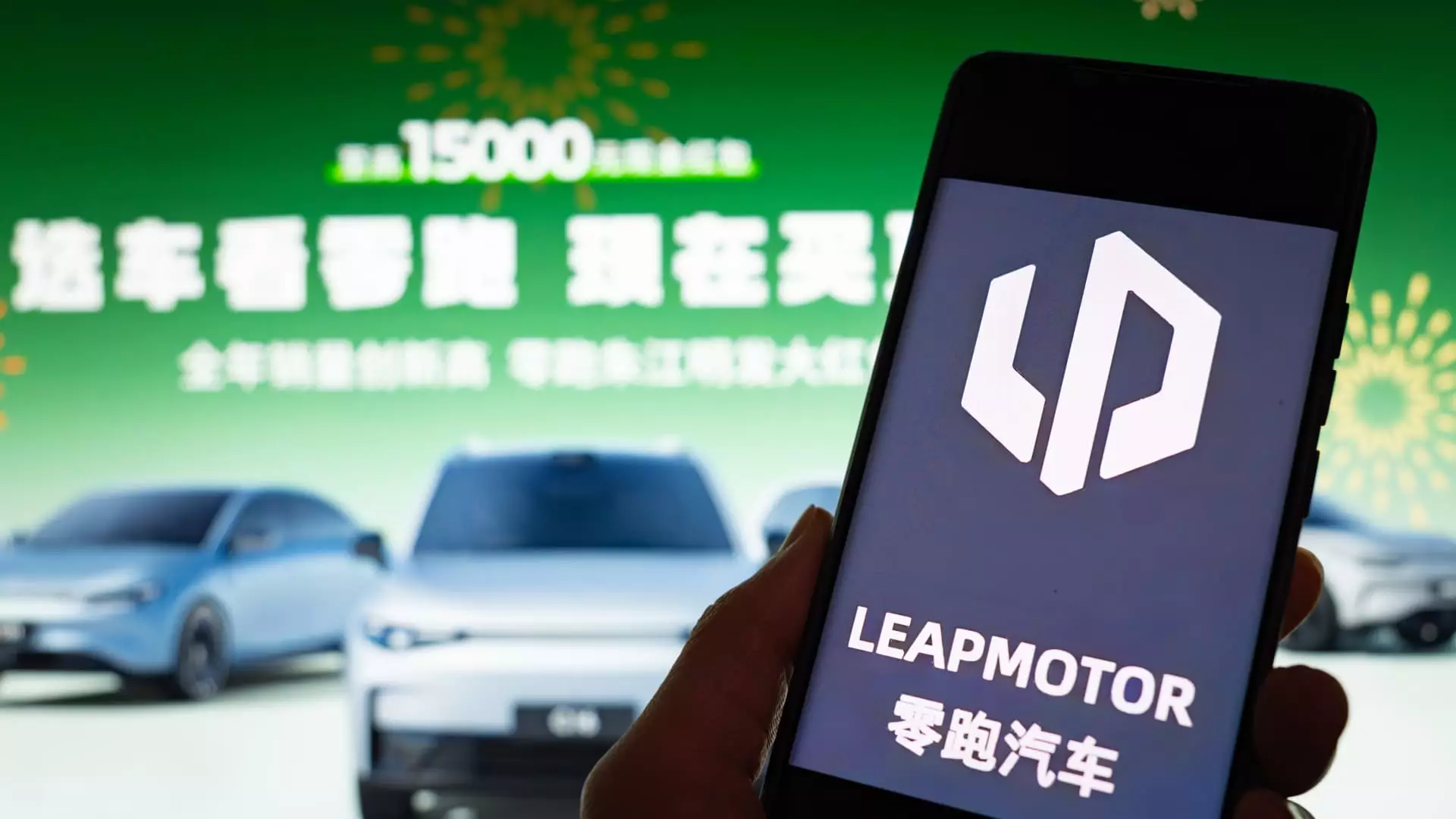In the tumultuous arena of the electric vehicle (EV) market, the stark contrast in performance among companies has never been more pronounced. This is exemplified by Chinese electric car manufacturers Leapmotor and Aito, who have reached unprecedented delivery milestones that leave their competitors gasping for breath. Leapmotor, with a staggering 148% growth from last year, delivered 45,067 vehicles in May alone—a defining moment that not only sets a new standard for the company but also sends ripples through the industry. With the price war heating up, these escalating delivery figures raise crucial questions about sustainability and competitiveness in a niche that is becoming increasingly crowded.
Leapmotor’s Phenomenal Growth Trajectory
Leapmotor’s ascent is driven in large part by its strategic product rollouts, notably the revamped C10 mid-sized SUV, which swiftly became a consumer favorite, leading to over 13,000 units delivered in a single month. What stands out is not just the record numbers, but how the company has managed to innovate and adapt, ensuring that its vehicles remain not only affordable but also appealing to a mass audience. The C10 starts at a mere 122,800 yuan ($17,045), making it a tantalizing option for buyers seeking quality without breaking the bank. This compelling pricing strategy plays into the hands of consumer demand, as more individuals seek to navigate the financial uncertainties of today’s market.
Aito’s Strategic Use of Technology
On the heels of Leapmotor’s success, Aito, backed by tech giant Huawei, posted remarkably impressive delivery numbers as well. The launch of its Maextro S800 ultra-luxury sedan has positioned it as a significant player in the luxury electric vehicle segment. However, while Aito’s current performance is commendable, it begs a critical question: Can they maintain this momentum? Unlike Leapmotor, which is clearly benefiting from a wider market strategy, Aito’s reliance on high-end technology could alienate potential buyers who are more budget-conscious. This reliance on costly technology may bolster short-term sales, but in a volatile market, flexibility will be the linchpin for sustained success.
The Giant BYD and the Price Slashing Strategy
The major player BYD, despite enjoying formidable sales figures—376,930 vehicles in May—has found itself embroiled in scrutiny. Its aggressive price-cutting strategy across 22 models, including a 20% reduction on the Seagull hatchback, raises ethical concerns around fair competition and sustainability in the EV sector. The move, which has destabilized stock prices for many, paints a picture of desperation rather than dominance in a landscape that increasingly resembles a survival-of-the-fittest arena. BYD seems to be asserting its dominance not through innovation but through sheer financial leverage, challenging the very fabric of what fair competition should mean in the automotive industry.
Emerging Challenges Amidst Increased Competition
The scenario for other startups is far less optimistic. Xpeng’s slight dip in May deliveries, although marked by significant year-on-year growth, showcases the difficulty in maintaining an upward trajectory even with new model launches. Meanwhile, major players like Nio are experiencing a plateau that raises alarms about their long-term viability. The insistence on differentiating through driver-assist technology has failed to greatly impact Zeekr’s market performance, illustrating the fragility of such strategies amid heightened competition.
Looking Beyond Borders
As competition intensifies within China, automakers are eyeing international markets, particularly those in emerging regions like Africa. The imposition of tariffs by Western countries poses a formidable barrier, compelling companies to rethink their expansion strategies. BYD’s recent move into Benin signifies adaptability, yet this diversification also carries risks. The effectiveness of entering such markets, laden with their unique challenges and preferences, remains to be seen. The adaptability of these companies will define not only their survival but also their potential to emerge as global leaders.
The electric vehicle industry is on the brink of a significant transformation, driven by both unprecedented growth and turbulent upheavals. In this race, those who innovate and adapt quickly will hold the key to not just survival, but supremacy in a market ripe for revolution.

